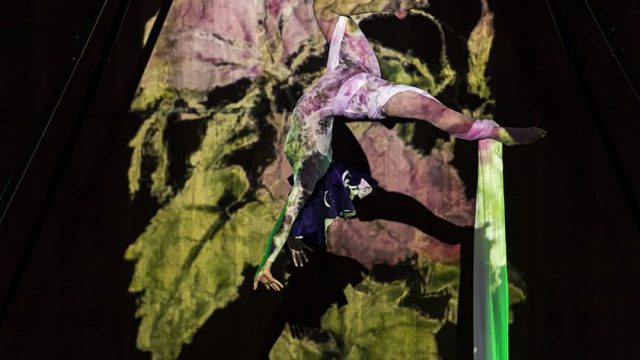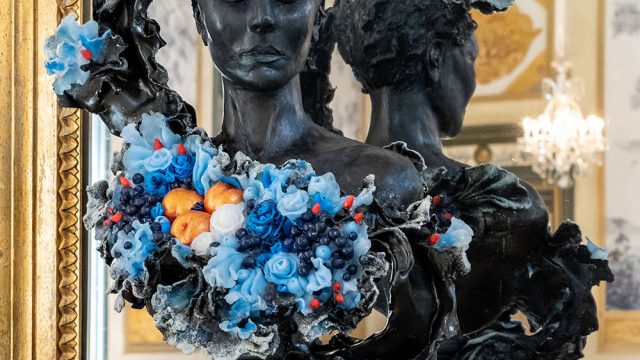In January 2020 V&A Ceramics Artist in Residence, Aimee Lax, invited artist and curator Ele Carpenter to display at the museum the ‘Laboratory for Variable Risk Perception’, an artwork consisting of 101 pieces of glass, all various shades of yellow and green. But what’s most interesting about these pieces of glass isn’t immediately obvious until you have the right light: they glow.
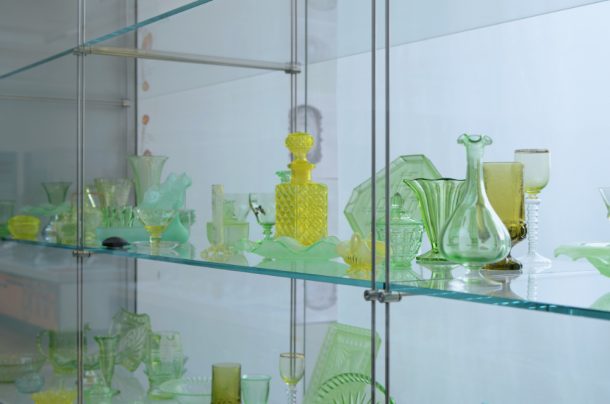
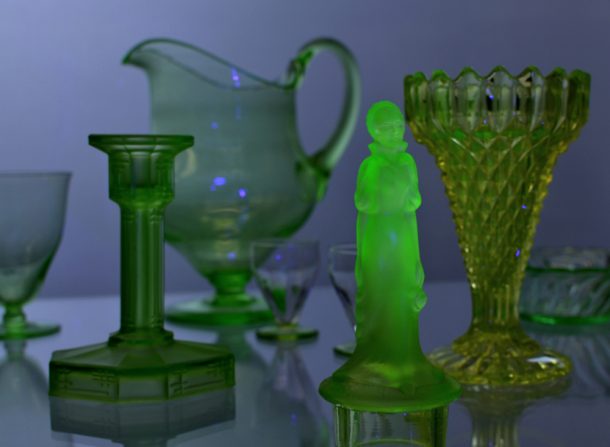
The fluorescence occurs because there is uranium, used extensively as a colourant between the early 19th and late 20th century, in the glass. Producing beautifully vibrant shades of mainly yellow and green (but also less frequently blue and black), it was popular for its glow-in-the-dark properties. Holding an ultra-violet (UV) light close to the objects, the fluorescent effect caused by the radiation of the uranium is obvious. Hosting the ‘Laboratory of Variable Risk Perception’ has prompted us to look again at the V&A glass collection on permanent display. With the lights turned down in the glass gallery, Room 131, and a UV torch in hand, we get the chance to see some of the collection in a new way.
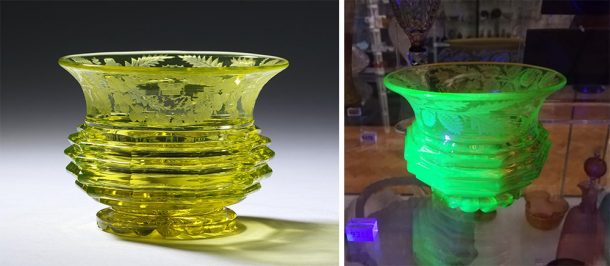
The first object is a finger bowl from the early 19th century, an example of the first uranium glass to be produced in Britain. The first use of uranium oxide in glass manufacturing is credited to Josef Riedel, who developed it in 1834, at his glassworks in the Isergebirge, Austria. This finger bowl, as part of a service of 6,000 pieces, was designed not long after in 1837. Made by the firm Davenport & Co., the service was commissioned by the Corporation of the City of London, for a banquet at the Guildhall to celebrate the accession of Queen Victoria.
Uranium glass was produced on a commercial scale, and used to create domestic as well as fine, individual pieces, until legislation was brought in in the 20th century after the adverse effects of uranium were discovered. Uranium slowly decays over extensive periods of time, meaning that its atoms break down, changing it into other elements, including radium. During this process of decay, energy is emitted in the form of radiation, which can be made up of alpha, beta, and gamma rays. These forms of energy have varying strength, and depending on the levels of exposure, can be very dangerous. Luckily, the radioactivity of individual, often mass-produced objects such as these, is typically very low. We take precautions when handling uranium glass, including wearing nitrile gloves and minimising the time exposed to prescribed amounts. Objects entering the museum are tested with a Geiger counter, to ensure that they are suitably displayed or stored. For these examples the glass of the display cases is thick enough to mitigate any radiation exposure.
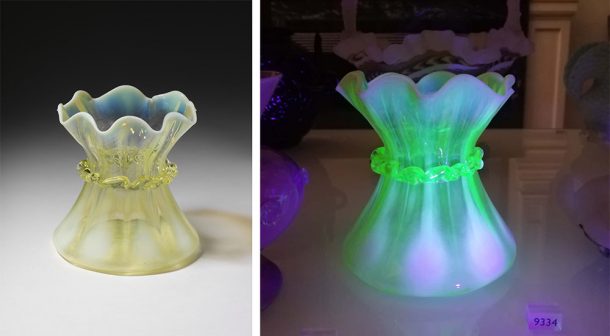
The next example is from later in the 19th century, when the use of uranium in glass was at its peak. This vase is also an example of opalescent glass, mimicking the iridescent appearance of the gemstone opal. Here, the effect of the opalescence interacts with that of the fluorescence. It creates a softer, diffused glow, in comparison to the areas of clear glass which are a vibrant green like the finger bowl.
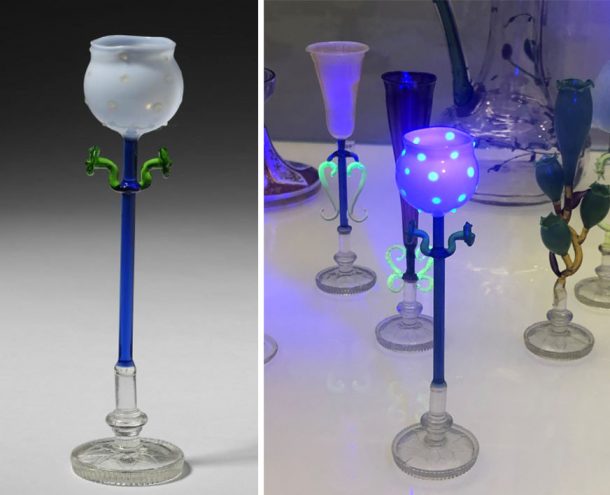
Several of the examples of uranium glass in the V&A’s collection would have been made as much for their colour under natural light as for their fluorescent effect. However, there are some unexpected uses of it in the collection. This fragile vase is likely to have been made in Thuringia, an area in the east of Germany, which was renowned for delicate lamp-worked glass. When lit with UV light, spotted areas, as seen in the left-hand picture, fluoresce, indicating uranium. The spots are so pale under natural light that, particularly through the glass of the display case, they are not very noticeable. The surprise is therefore all the greater when they show vividly under UV light. Additionally, there is a green glass used in the object that doesn’t fluoresce, suggesting that the makers had access to, and were happy to use, green glass of a shade not created with uranium. Perhaps there was an intentional creative use of fluorescence as a decorative device, saved for the right lighting conditions?
You can find out more about these objects and more uranium glass on our Search the Collections website.

